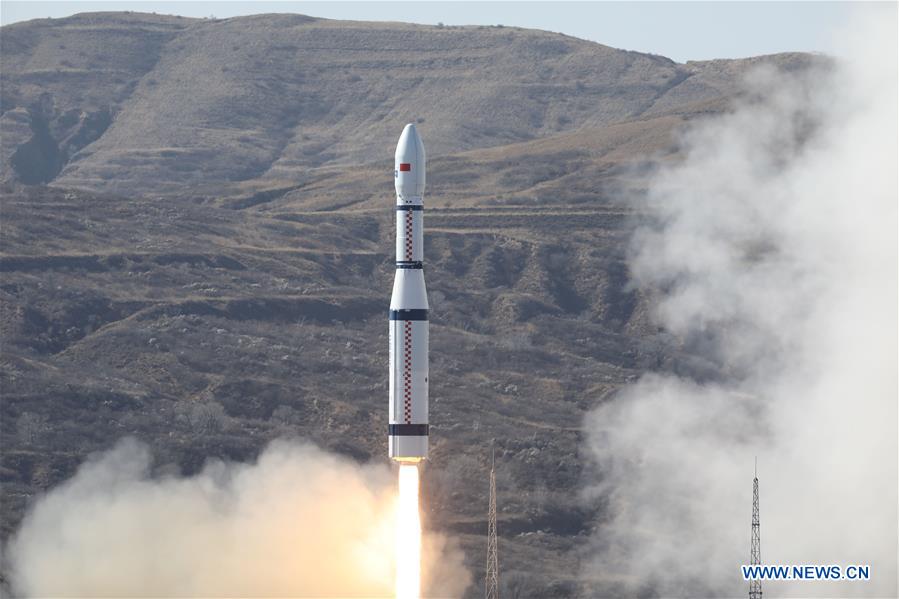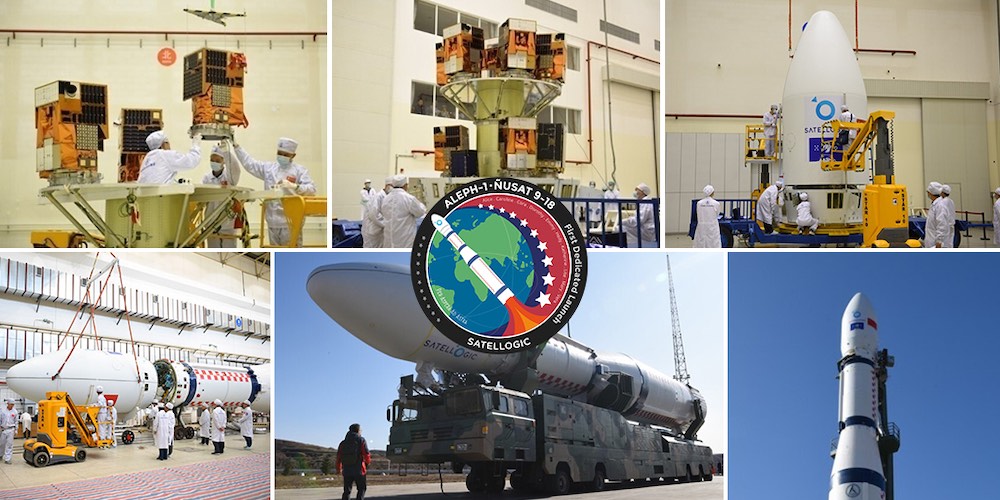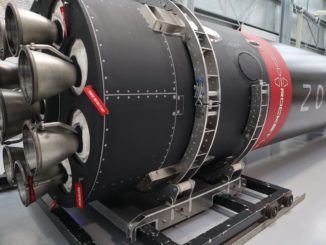
Ten small high-resolution observation satellites for Satellogic — an Argentine company in the midst of deploying a fleet of Earth-imaging spacecraft — successfully launched Friday on a Chinese Long March 6 rocket.
Three small Chinese secondary accompanied Satellogic’s 10 ÑuSat satellites into orbit on the Long March 6 launcher, which lifted off from the Taiyuan space center in Shanxi province in northern China at 0319 GMT Friday (10:19 p.m. EST Thursday).
The launch occurred at 11:19 a.m. Beijing time, and the 95-foot-tall (29-meter), three-stage Long March 6 rocket delivered its satellite payloads to an orbit nearly 300 miles (about 470 kilometers) above Earth with an inclination of 97.3 degrees to the equator, according to independent U.S. military tracking data.
Satellogic’s 10 ÑuSat satellites will provide high-resolution imagery for the Buenos Aires-based company’s commercial and government customers. With the 10 satellites launched Friday, Satellogic has sent 21 satellites into orbit, including 14 capable of high-resolution imaging.
With the 10 new satellites, Satellogic says it will have more in-orbit capacity for high-resolution imagery than Maxar or Planet, two U.S.-based companies with fleets of Earth-imaging satellites. The company says the additional capacity from the 10 new satellites will allow its constellation to view the same location on the planet up to four times per day.

Satellogic’s current fleet can cover an area of more than 1.5 million square miles, or 4 million square kilometers, per day with high-resolution imagery, the company said.
The latest version of Satellogic’s ÑuSat satellites have an imaging resolution of about 2.3 feet, or 70 centimeters. Each spacecraft weighed about 90 pounds, or 41 kilograms, and was built by Satellogic at a production facility in Uruguay.
The ÑuSat satellites were nicknamed for 10 pioneering women in science, technology, engineering and mathematics.
Emiliano Kargieman, Satellogic’s CEO, confirmed in a tweet Friday that the 10 new satellites were healthy after their successful launch from China.
“We’ve now connected to all 10 satellites, and have received health information from all,” Kargieman tweeted. “Everything is nominal and the satellites are healthy. Flawless launch. Welcome our 10 newest satellites to our fleet!”

Satellogic’s satellites carry visible, infrared and hyperspectral imaging payloads. The company says a constellation of 90 high-resolution satellites will allow it to map the planet every week.
But Satellogic foresees demand for a fleet of hundreds of small Earth-imaging spacecraft, and the company doesn’t plan to stop at 90 satellites.
Satellogic’s previous have launched as rideshare or secondary payloads, but the 10 ÑuSats launched Friday as the primary passengers on the Long March 6 rocket.
The three small Chinese satellites that flew into orbit with Satellogic’s payloads Friday are designed for remote sensing, technology demonstration, and educational missions, according to China Great Wall Industry Corp., the state-owned company that brokers launch services for international satellites on Chinese rockets.
Email the author.
Follow Stephen Clark on Twitter: @StephenClark1.



